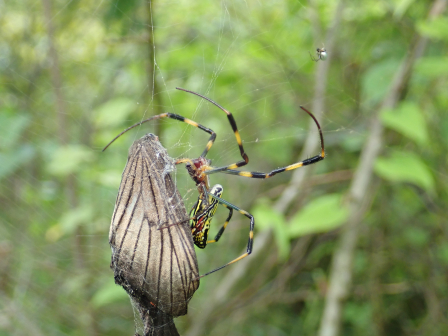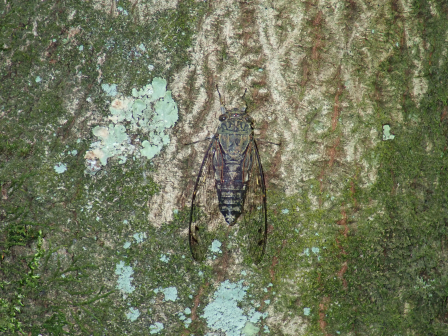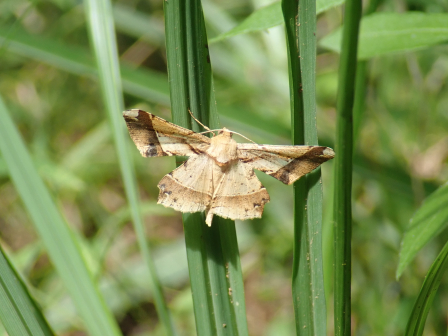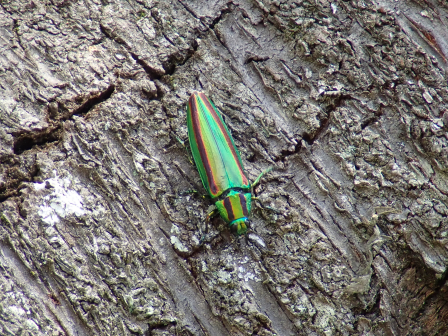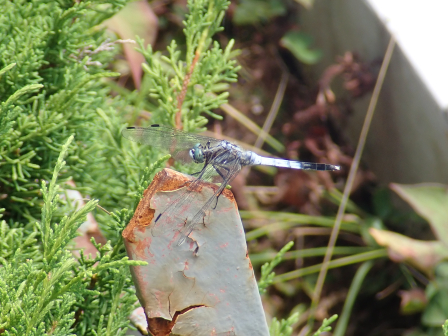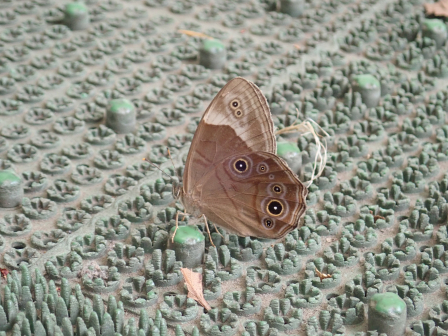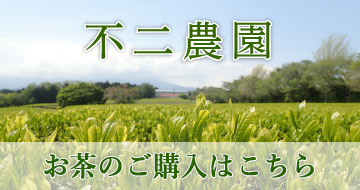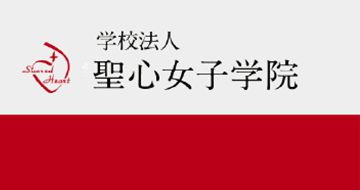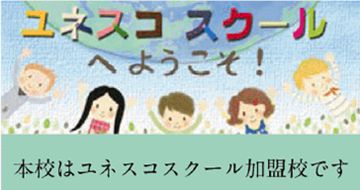フィールド日記
2022年08月
2022.08.30
ジョロウグモ
共生の森でジョロウグモが目立つようになりました。ジョロウグモの成虫は秋から初冬にかけてよく見られるようになります。人家の周りから山地まで様々な環境に生息しています。写真の個体はちょうどアゲハモドキを捕食しているところでした。
"Jorou (ジョロウ)" Spiders are more notable in the Kyoseinomori (共生の森). The adults of the spiders are often seen from fall to early winter. They live in various places not only around houses but also in mountains. The one in the photo was just eating a moth called "Ageha-Modoki (アゲハモドキ)".
2022.08.26
コジャノメ
共生の森でコジャノメを見つけました。雑木林の林床で見られる蝶です。雑木林の環境が悪化し、減少している場所も多いようです。
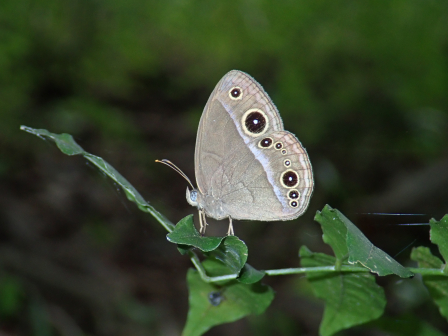
2022.08.23
ツクツクボウシ
共生の森でツクツクボウシが鳴いています。鳴き声がそのまま名前となっています。この個体は比較的低い位置にとまっており、腹部を伸び縮みさせて鳴くようすがよく観察できました。
I found a cicada called "Tsuku-Tsuku-Boushi (ツクツクボウシ)" in the Kyoseinomori (共生の森). The name comes from the sound of their singing. This one in the photo was perching on a relatively low part of a tree, so I was able to see it singing expanding and contracting its abdomen.
2022.08.19
ツマジロエダシャク
共生の森でツマジロエダシャクを見つけました。写真のように、前翅と後翅を離した、特徴的な姿勢で止まります。幼虫はクスノキの葉を食べて育ちます。
I found a "Tsumajiro-Edashaku (ツマジロエダシャク)" in the Kyoseinomori (共生の森). As you can see in the photo, they often perch in a unique posture with forewings and hindwings separated. Their larvae eat the leaves of "Kusunoki" trees.
2022.08.16
ヤマトタマムシ
校庭のサクラの木でヤマトタマムシを見つけました。タマムシの仲間はたくさんいますが、単にタマムシといった場合は本種を指します。美しい金属光沢をもっており、法隆寺の「玉虫厨子(たまむしのずし)」の装飾にはヤマトタマムシの羽が使われていることが知られています。
I found a "Yamato-Tamamushi (ヤマトタマムシ)" beetle on a cherry blossom tree in the school ground. There are many species in the "Tamamushi (タマムシ)" group, but it usually means this species when you say just "Tamamushi". They have a beautiful metallic luster. It's a well-known fact that their wings were used to decorate "Tamamushi-No-Zushi (たまむしのずし)" in the Horyu-Ji temple.
2022.08.12
シオカラトンボ
築山の池でシオカラトンボを見つけました。最も普通にみられるトンボの1種です。オスは成熟すると、写真のように青白い粉を全体に生じます。一方で、メスは成熟しても黄色いので、ムギワラトンボとも呼ばれています。
I found a "Shiokara-Tombo (シオカラトンボ)" dragonfly near the pond in the artificial hill. They are one of the most common dragonflies in Japan. After male ones mature, they produce the blue-white powder on their whole bodies as you can see in the photo. On the other hand, female ones are yellow even after they mature, so they are sometimes called "Mugiwara-Tonbo (ムギワラトンボ)".
2022.08.09
アカボシゴマダラ
校舎内にアカボシゴマダラが迷い込んでいました。本来は、奄美諸島に分布している蝶ですが、人為的に持ち込まれたものが関東地方に定着し、数を増やしています。特定外来生物に指定されており、許可のない運搬や飼育などが禁止されています。
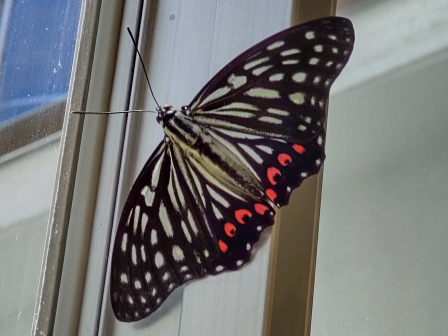
An "Akaboshi-Gomadara (アカボシゴマダラ)" butterfly was wandering into the school building. They originally live in the Amami islands, but some of them were brought by humans to the Kanto region and started to settle there. These days, they are increasing in number, so they are designated as an invasive alien species, which means you can not bring and raise them without permission.
2022.08.05
マンリョウ
マンリョウの花が咲いていました。秋から冬にかけて赤い実を多数つけるため、縁起の良い木としてよく知られていますが、夏に白い花を咲かせます。花全体に小さい点(腺点)があります。
"Manryou" trees are in bloom. They are known as lucky trees because they bear a lot of red fruit form fall to winter, but they bloom white flowers in summer. The flowers have small spots (glands).
2022.08.02
クロヒカゲ
校舎の裏でクロヒカゲを見つけました。雑木林の近くなどに見られる蝶で、クヌギやコナラの樹液によく集まります。幼虫はササ類を食べます。
I found a "Kuro-Hikage" butterfly behind the school building. They are seen around thickets and often gather in the tree sap of Konara oak trees and Kunugi oak trees. Their larva eat Sasa plants.
- 1 / 1


